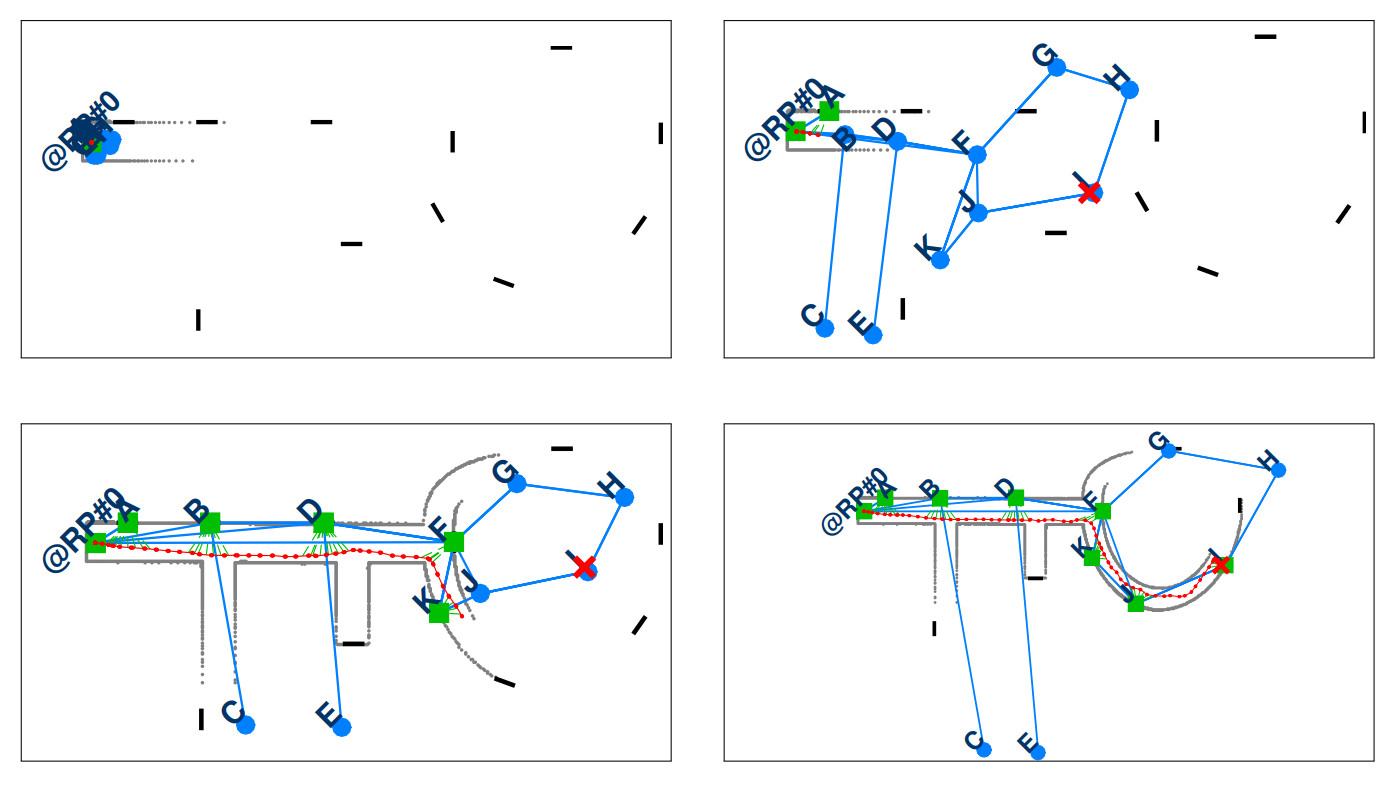Reasoning about Natural Language Phrases for Semantic Goal Driven Exploration
2 December 2015

This paper presents a symbolic navigation system that uses spatial language descriptions to inform goal-directed exploration in unfamiliar office environments. An abstract map is created from a collection of natural language phrases describing the spatial layout of the environment. The spatial representation in the abstract map is controlled by a constraint based interpretation of each natural language phrase. In goal-directed exploration of an unseen office environment, the robot links the information in the abstract map to observed symbolic information and its grounded world representation. This paper demonstrates the ability of the system, in both simulated and real-world trials, to efficiently find target rooms in environments that it has never been to previously. In three unexplored environments, it is shown that on average the system travels only 8.42% further than the optimal path when using only natural language phrases to complete navigation tasks.
© Ben Talbot. All rights reserved.



